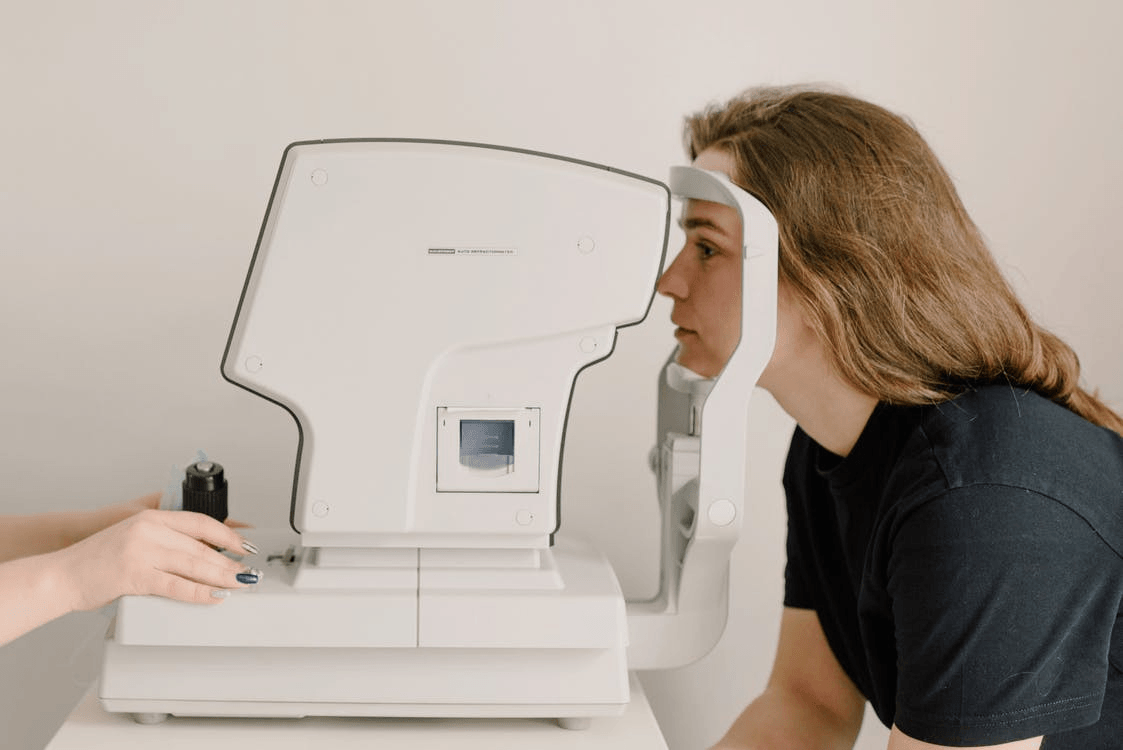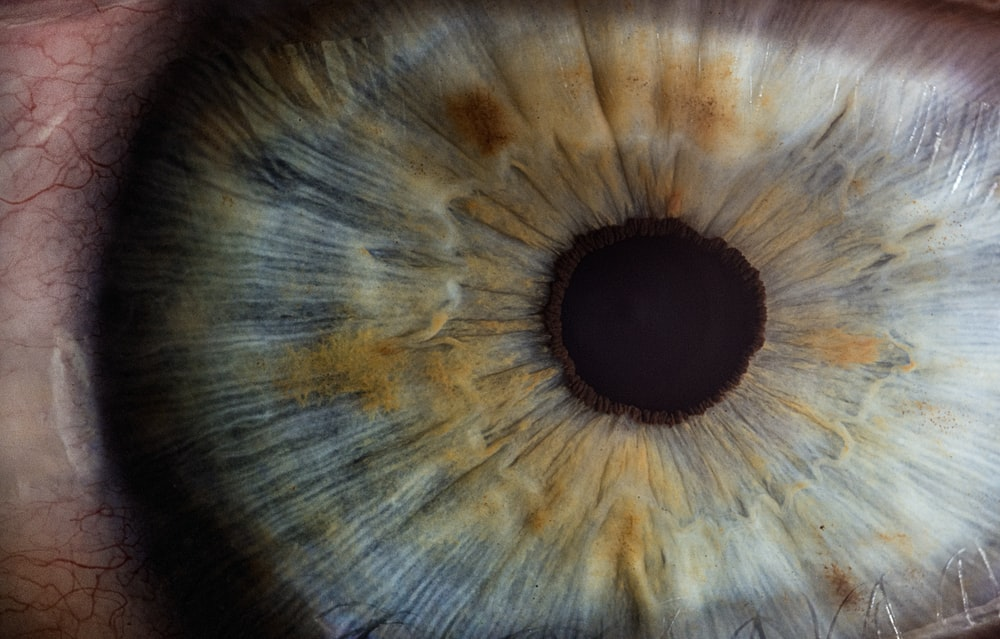Difference Between Nearsightedness and Farsightedness

Visual impairments are very common, and many people using ophthalmic lenses (glasses) either have nearsightedness or farsightedness. Some using these lenses have astigmatism and other visual impairments; however, nearsightedness and farsightedness are the most common reasons for using them.
But what exactly are they, and what is the difference between nearsightedness and farsightedness? As you can probably guess by their names, they are both opposites of each other, and today, we will discuss them in detail to help you understand the difference better.
Nearsightedness
Nearsighted people can see objects that are close by but have difficulty focusing on faraway objects. This results in blurry vision when looking farther away and can prove detrimental to performing everyday tasks, such as driving.
The medical name for nearsightedness is myopia, and it occurs by an out-of-shape cornea or when the shape of the eyeball is longer than usual from front to back. When light enters the eye, the lens focuses the light on the retina, a thin layer of tissue at the back of the eye, which allows us to see.
The longer shape of the eyeball with myopia means that this light is focused too far ahead of the retina, resulting in blurry vision when looking at faraway objects.
Farsightedness
Farsighted people can see objects clearly that are far away but have trouble focusing on nearby objects. This issue can be very problematic because, without the use of ophthalmic lenses, a person’s vision remains blurry, and tasks like reading, writing, and most everyday tasks become difficult.
The medical term for this is hyperopia, and it results in light from nearby objects focussing far behind the retina because the eyeball is too short from front to back or the cornea is out of shape. However, extreme hyperopia results in objects at all distances appearing blurry and out of focus.
Difference Between Nearsightedness and Farsightedness
Nearsightedness and farsightedness are not ‘eye diseases’ as most people believe; they are actually ‘refractive errors’ caused by slight abnormalities in the eyes. These refractive errors are caused by either the unusual shape of the eyeball or the cornea.
The main difference between these refractive errors is that they are complete opposites of each other; however, this is not all. Firstly, mild cases of farsightedness may not even affect your eyesight and only cause you headaches when you focus on nearby objects for longer, like when reading or working.
Moreover, children with hyperopia are typically born with this refractive error, and it improves itself as they grow and their eyeballs lengthen and develop as well. Conversely, nearsightedness is typically developed during childhood, worsens through teenage years, and stabilizes nearing adulthood.
Myopia also nearly always affects your eyesight while causing symptoms like headaches and eye strain. There are also statistical differences between nearsightedness and farsightedness; only 10 to 15 percent of Americans are farsighted while over 40 percent are nearsighted.
Conclusion
While the two refractive errors are opposed to each other, there are also differences in their development and statistical probability. Myopia or nearsightedness is almost 4 times more common than hyperopia or farsightedness.
Luckily, one similarity is that most cases of these refractive errors can be fixed easily by using the right ophthalmic lens.
If you want to learn more about the difference between nearsightedness and farsightedness or want to get the best ophthalmic lenses for yourself or your business, visit our website today.




